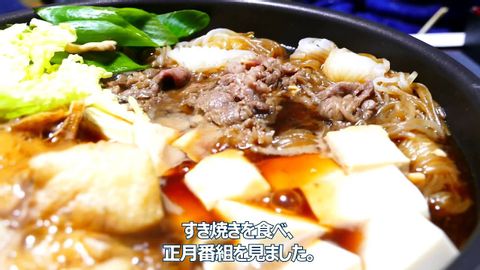
Subtitles & vocabulary
How Japanese celebrate New Year! 日本のお正月 (2015年)
00
peter posted on 2015/12/30Save
Video vocabulary
incredibly
US /ɪnˈkrɛdəblɪ/
・
UK /ɪnˈkredəbli/
- Adverb
- To a great degree; very; amazingly
- Extremely; so much so it is hard to believe
A2
More hard
US /hɑː(r)d/
・
UK /hɑ:d/
- Adjective
- Difficult to do; difficult to understand
- (Of facts) not able to be misunderstood; clear
- Adverb
- With lots of force, power, or impact
A1TOEIC
More day
US /de/
・
UK /deɪ/
- Noun (Countable/Uncountable)
- A period of 24 hours beginning at midnight
- The period of time when it is light outside
A1
More year
US /jɪr/
・
UK /jə:/
- Noun (Countable/Uncountable)
- Unit of time equal to 12 months or 365 or 366 days
- Used to refer to the age of a person
A1
More Use Energy
Unlock All Vocabulary
Unlock pronunciation, explanations, and filters
